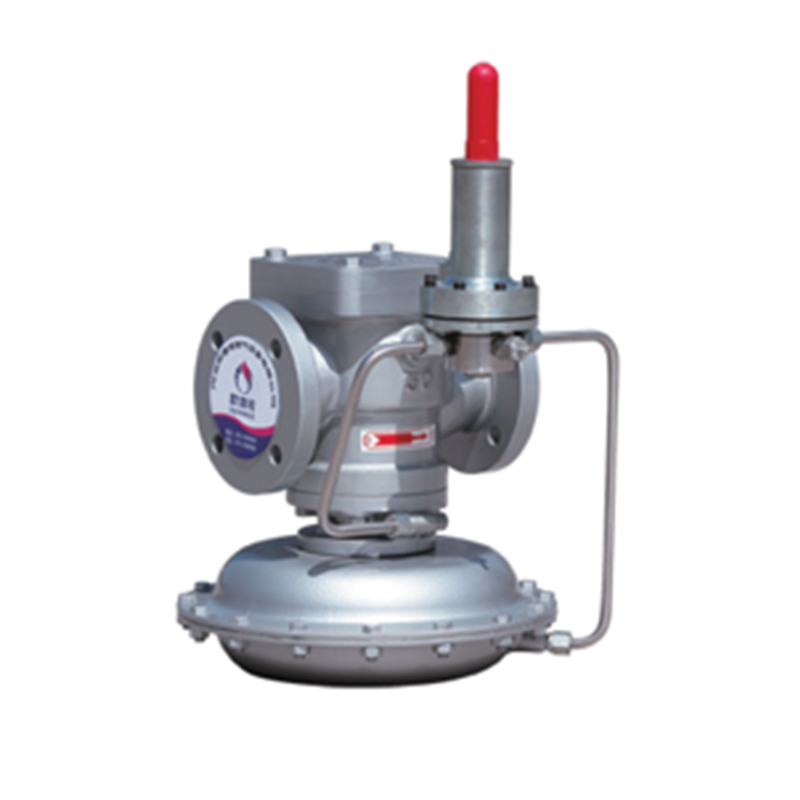
Dec . 10, 2024 03:29
Back to list
Natural Gas Pressure Regulation Valve for Safe and Efficient System Performance
Understanding Natural Gas Pressure Reducing Valves
Natural gas plays a pivotal role in powering homes, businesses, and industries worldwide. As it travels through pipelines, it is subjected to various pressures that can vary significantly based on the distance from the source and the elevation changes along the route. To ensure that natural gas is delivered safely and efficiently at usable pressures, pressure reducing valves (PRVs) are employed. This article delves into the importance, functionality, and considerations regarding natural gas pressure reducing valves.
What is a Pressure Reducing Valve (PRV)?
A pressure reducing valve is a critical component in the natural gas delivery system. Its primary function is to regulate the pressure of the gas to a level suitable for end-use applications. The pressure of natural gas must be reduced from the high transmission pressures in pipelines to much lower pressures that can be safely used in residential heating, cooking, and industrial processes. Without the use of PRVs, appliances and equipment would be subjected to pressures beyond their operational limits, risking damage and posing safety hazards.
How Do PRVs Work?
PRVs operate through a combination of mechanical components that adjust the flow and pressure of the gas. A typical PRV includes a valve body, an inlet and outlet port, a pressure sensing element, and an adjustable spring. When high-pressure gas enters the valve, the sensing element detects the pressure and the spring tension. If the pressure exceeds the predetermined set point, the valve opens to allow more gas to flow, thus decreasing the pressure downstream. Conversely, if the pressure falls below the set point, the valve closes to maintain the desired pressure.
The adjustment of the spring tension allows operators to customize the set point according to the specific requirements of the gas-consuming equipment. This adaptability is crucial in varying applications, from residential installations to large-scale industrial processes.
Importance of PRVs in Natural Gas Systems
1. Safety One of the foremost reasons for using PRVs is safety. High pressures can cause appliances to malfunction, leading to dangerous situations, including leaks, explosions, and fires. PRVs ensure that gas is delivered at safe levels, thus protecting both equipment and occupants.
natural gas pressure reducing valve

2. Efficiency By maintaining optimal pressure levels, PRVs help improve overall system efficiency. When gas is delivered at the correct pressure, appliances perform better, leading to reduced energy consumption and lower utility bills.
3. Equipment Longevity Operating appliances and equipment at the correct pressure prolongs their lifespan. When appliances are exposed to pressures for which they are not designed, wear and tear accelerate, leading to frequent repairs or replacements.
4. Regulation Compliance Many countries have stringent regulatory standards concerning gas delivery and usage. PRVs help services comply with these regulations by ensuring that gas is provided at the specified pressures. This compliance protects users and reduces liability for service providers.
Selecting the Right PRV
When choosing a pressure reducing valve for natural gas systems, several factors should be considered
- Pressure Rating Ensure the PRV can handle the maximum inlet pressure in the system while providing the necessary outlet pressure. - Flow Capacity The selected valve should have the proper flow capacity to meet the demand of the gas appliances it serves. - Material Compatibility The materials used in the PRV must be compatible with natural gas to prevent corrosion and leaks. - Adjustability The ability to adjust the set pressure allows for flexibility to adapt to changing system demands.
Conclusion
Natural gas pressure reducing valves are vital components in ensuring the safe and efficient delivery of gas to consumers. Their role in regulating pressure cannot be overstated, as they protect both people and equipment from the dangers associated with high-pressure gas. By understanding how PRVs work and their significance, stakeholders in the natural gas industry can make informed decisions regarding their use, thereby enhancing safety, efficiency, and compliance within gas delivery systems. As natural gas continues to be an indispensable energy source, the importance of reliable and well-functioning pressure reducing valves will only continue to grow.
Latest news
-
Safety Valve Spring-Loaded Design Overpressure ProtectionNewsJul.25,2025
-
Precision Voltage Regulator AC5 Accuracy Grade PerformanceNewsJul.25,2025
-
Natural Gas Pressure Regulating Skid Industrial Pipeline ApplicationsNewsJul.25,2025
-
Natural Gas Filter Stainless Steel Mesh Element DesignNewsJul.25,2025
-
Gas Pressure Regulator Valve Direct-Acting Spring-Loaded DesignNewsJul.25,2025
-
Decompression Equipment Multi-Stage Heat Exchange System DesignNewsJul.25,2025

